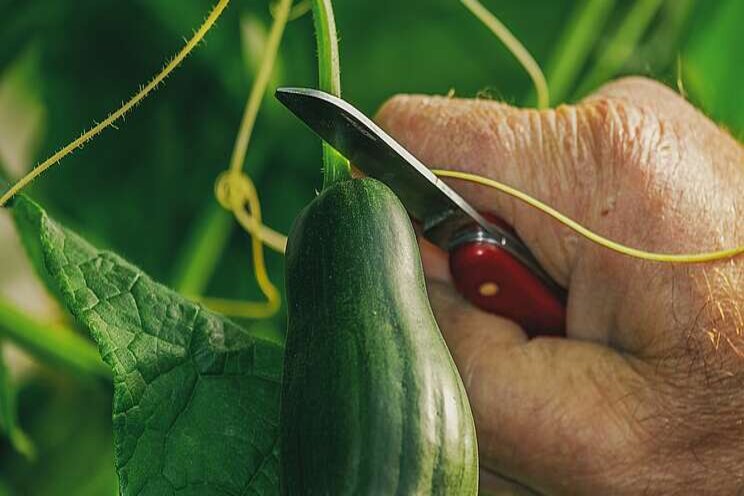Biological control in cucumber
Added on 12 April 2020

The study is part of the Green Challenge project, which aims to reduce the use of chemical protection products and to develop new control measures for natural resistance. The focal point of this particular study was the control of underground diseases.
ASPERELLO® on top
In the first trial, carried out in May 2019, Pythium symptom development was slow for all treatments, including the controls. However, in the second trial - carried out in September 2019 in a replanted cucumber crop - there were clear differences between treatments. During the tests, Dr Streminska infected the mats with Pythium spores before applying eight different treatments. She included two controls, the negative control - where the mat was not infected with Pythium (the green bar in the graph below) and an untreated + Pythium control - where the mat was infected with Pythium but did not receive any treatment (the red bar).
After week 11, the researcher evaluated above and below ground symptoms for all the treatment samples. The graph below shows the percentage of cucumbers adversely affected by Pythium. For the ASPERELLO® T34 Biocontrol® treatment it was 0%, i.e. no cucumbers showed Pythium symptoms.

Figure 1. Percentage of cucumbers adversely affected by Pythium (after 11 weeks of growth on reused mats; Pythium inoculation in first and second crop)
Good experience in practice
This test confirms the positive experiences of growers around the world. Growers in both the ornamentals and the vegetable sectors in the United States, Canada, France and Belgium obtain good results using ASPERELLO® to control the fungal diseases Fusarium and Pythium.
The good news is that since January 2020, the use of ASPERELLO® is now also permitted in the Netherlands in cut flowers, potted plants, tomato, sweet peppers, aubergine, cucumber, courgette, berries, leafy vegetables, Brassica, nursery crops, perennial crops, crop breeding and seed production. Up until the end of 2019, the use of this product was permitted in just a few of these crops.
Source: AgNews
Source: AgNews
More news















